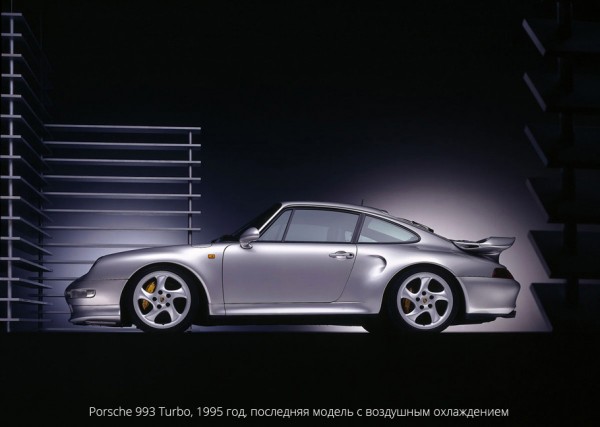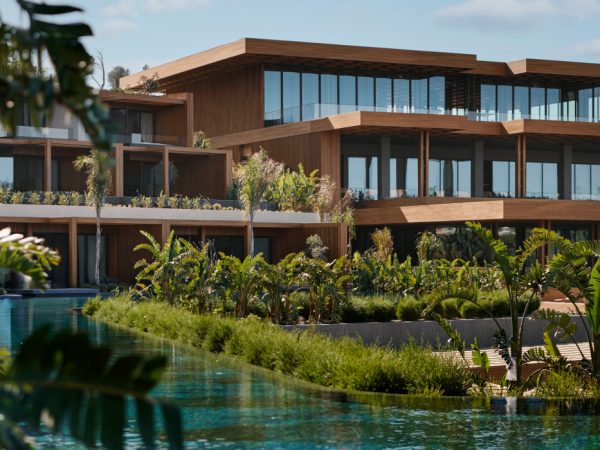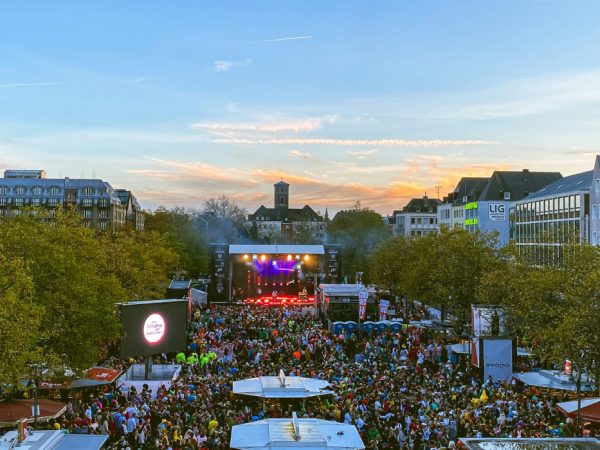The grandson of Porsche’s founder,
and designer of the iconic Porsche 911
has died aged 76 in Salzburg, Austria.
Ferdinand Alexander Porsche posing with his creation, the 911 |
Ferdinand Alexander Porsche, usually shortened to F.A. was responsible for the birth of the marque’s best known car, which launched in 1963. In fact the 911 was initially going to be called the 901, until it came to light that Peugeot had claimed a patent to car names with a «0» in the middle. So the 911 was born, nearly 50 years ago.
The Porsche 911 carried over quite a few things from the Volkswagen Beetle, which was designed by his grandfather, also named Ferdinand. Aside from a somewhat similar look from the outside, the most striking similarity was the type of engine and its location. The engine used was air-cooled, which even back in those early days was not a common setup. |
Pretty much all car engines for the past 50 years have been watercooled, water being a much better medium to transport heat. Aircooling does make the engine more simple, with less components and thus cheaper to produce. The 911 has always used a flat 6-cylinder «boxer» unit, another very unusual lay-out. Flat engine «boxers» are basically engines with 2 rows of cylinders that are not placed in a V pattern, but lying completely horizontal.
The engine is placed behind the rear axle of the car, which is not the optimal place to put an engine if conventional rules for car handling are to be believed. Essentially most of the weight of the car is in the back, and behind the rear wheels even. The advantage is extremely good traction. The VW Beetle with a similar lay-out was legendary for never getting stuck in snow when all other cars would.
![]()
The 997 generation 2 GT3
The disadvantage of putting all the weight in the back is that the handling could be somewhat dangerous, especially in the early days. The cars had a tendency to suddenly oversteer, which means the back part of the car trying to overtake the front. Over the years the recipe has been perfected. The handling became ever more predictable, the cars ever faster. Never in big steps, but small increments with every generation a little bit better than the last one.
The biggest step in terms of design change probably came in 1998 when Porsche fitted the first water-cooled engine to the 911 Carrera model «996».
At the time that decision was not applauded by the purist Porsche fans, although most of them have since then embraced the advantages and progress it has made possible.
Though it must be said, perhaps the finest Porsche 911 ever made was the final aircooled model, type «993» turbo. If somebody offered me to trade their 993 turbo for one of my kidneys, I’d probably seriously consider this generous offer of an automotive legend for one of my redundant organs.
For decades now the 911 has been one of, if not the most used car on racetracks. That sums up the brilliance of the design pretty well really. And to hear the flat-6 engine wailing into the distance…I couldn’t mistake it for another car if I was blindfolded and standing a mile away. There is something appealing about a car that does everything a bit differently to the point of being stubborn — even the ignition key is placed on the left side of the steering wheel.
![]()
A 997 GT3-RSR race car on track
Skeptics could say it’s the work of the world’s laziest design department, with every 911 looking almost exactly like the previous one. But that would be unfair. When you hit a recipe worthy of Michelin star fame, the last thing you want to do is change it too much. What matters is that the 911 was one of the best cars in the world in 1963, and it still is today.
Thank you F.A.
![]()











